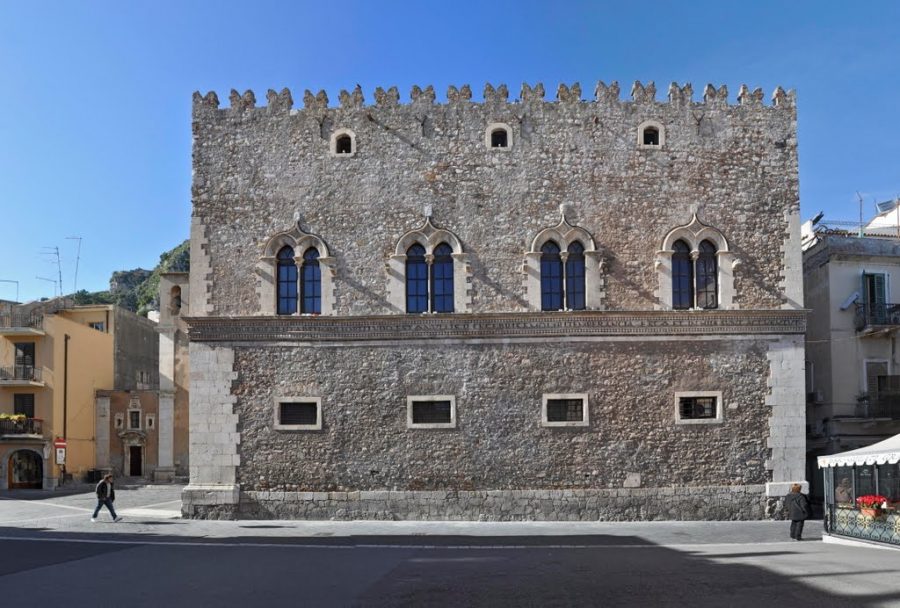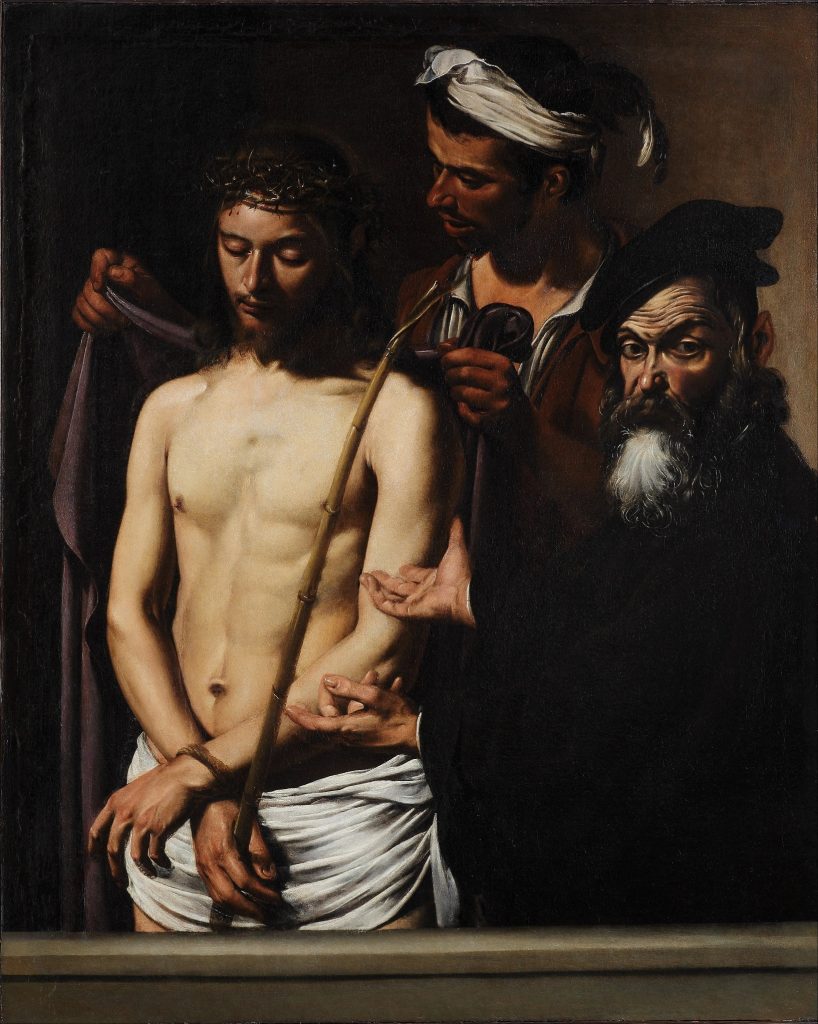Thanks to Ecce Homo the history of Sicily will be shown to the world
Ecce Homo will return to Sicily after almost four centuries. As part of the "Unescosites Italian Heritage and Arts" exhibition, it will be exhibited at Palazzo Corvaja.
Caravaggio's "Ecce homo" is a work of inestimable value
The work was created by the artist in the so-called "Sicilian" period. It is part of an institutional exchange of particular importance. An exchange that had as protagonists the civic museums of Genoa, which granted the transfer of the work to Taormina.
The Ecce Homo will remain on display in Taormina until the end of July. It will represent an added value to the tourist offer that will certainly attract thousands of tourists from all over the world.
The work was made in oil on canvas around 1605. Up to now it has been kept in Genoa, in the Strada Nuova Museums. (White Palace).

The protagonists represented are three: Christ, Pontius Pilate (on the right) and the man preparing to torture Jesus, located behind the latter. The work represents as truthfully as possible the homonymous scene described in the Gospel of John: the "ironic" crown of thorns worn by Christ immediately catches the eye, as if to mock his title of King of the Jews, just as reported in the scriptures.
The colors used by Caravaggio are very dark and the outlines of the protagonists well defined. Paying close attention, it is possible to notice that the body of Christ is the only one that is precisely delineated (despite the dim light present), Pontius Pilate is dressed in black and finally, the guard is barely visible. The guard deserves more attention: his gaze is a perfect mix of two contrasting behaviors. On the one hand he feels the strong desire to want to beat the prisoner and on the other hand he is held back by pity towards him.
Caravaggio paints a Christ "defeated". His downcast gaze indicates that he is ready to accept his fate and make the sacrifice. But he is also disheartened towards men, who treat him as a criminal, definitively condemning him to the cross.
The "Ecce Homo" in homage to potenti of the G7

The G7 in Taormina to be held on the next 26 and 27 May 2017 will offer Sicily a world showcase. For this great occasion, the Ecce Homo has been brought back to our latitudes with the aim of making Taormina a great showcase of all that Sicily can offer: history, art, culture, landscape beauties.
In fact, the work is included in the exhibition "Unescosites- Italian Heritage and Arts", a multimedia exhibition promoted by the Cultural Heritage Society, in which not only the works of some of the greatest Italian artists can be appreciated, including that of Caravaggio, but the visitor has the opportunity to immerse himself in the atmospheres of the places recognized by the 'Unesco as a world heritage of humanity.
In addition to the Ecce Homo, it will be possible to visit another great important work in the crypt of the Ex Chiesa del Carmine. There "Tavola Lucana", by Leonardo Da Vinci, a panel representing the self-portrait of the Tuscan genius. But Leonardo's work will not be alone, from 11 March in fact, the exhibition can already be visited inside the former church "The future that has occurred", with the paintings of leading artists of Italian Futurism: Giacomo Balla, Umberto Boccioni, Julius Evola, Giulio D'anna and others.





